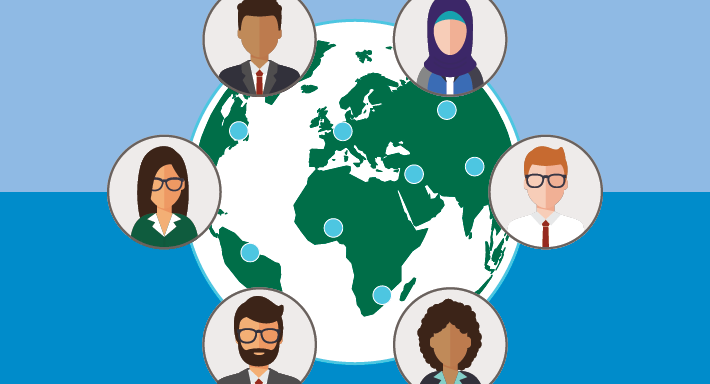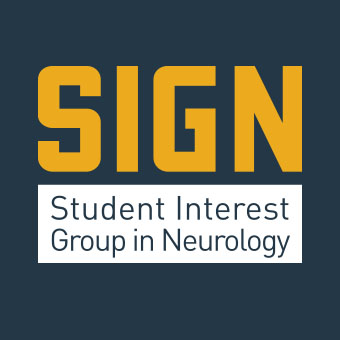How to Become A Neurologist
your career in neurology
Ready to become a neurologist or just curious as to what it would take?
The general path to becoming a neurologist includes: degree from a 4-year college, MCAT exam, medical school attendance, residency, board certification, and fellowship followed by a diverse professional career.
College
Attend a 4-year college or university and graduate with a degree. Consider holding a job or participating in volunteer work related to the medical field. Begin to look into which medical schools you will apply to and learn about their acceptance requirements.
Medical School
In the US, you can attend an allopathic (MD) or osteopathic (DO) medical school. If you are interested in neurology, look to see if the school offers a neurology clerkship. Consider doing an away rotation in neurology for further exposure.
Residency
A neurologist’s training includes a one-year internship in internal medicine (or two years of pediatrics for child neurologists) and at least three years of specialized residency training in neurology. Adult neurology training may be obtained through a categorical program, (one that includes four years of training), or an advanced program, (one that includes three years of training after completing a separate one-year internship). The training program requirements for residencies are set by the Accreditation Council for Graduate Medical Education (ACGME). Fellowship and subspecialty training requirements are set by the ACGME or the United Council for Neurologic Subspecialties (UCNS).
Fellowship
Many neurologists invest one or two additional years of training in a wide variety of subspecialties. Once a physician passes the written examination as administered by the American Board of Psychiatry and Neurology (ABPN), he or she is granted board-certified status in neurology. Once this is achieved, certification in a subspecialty can be pursued, if desired. Subspecialty certification is obtained from the ABPN or UCNS.
Major subspecialty concentrations and fellowship options include:
- Autonomic Disorders (UCNS)
- Epilepsy (ABPN)
- Behavioral Neurology and Neuropsychiatry (UCNS)
- Brain Injury Medicine (ABPN)
- Headache Medicine (UCNS)
- Clinical Neuromuscular Pathology (UCNS)
- Clinical Neurophysiology (ABPN)
- Geriatric Neurology (UCNS)
- Neural Repair and Rehabilitation (UCNS)
- Neurocritical Care (UCNS)
- Neurodevelopmental Disabilities (ABPN)
- Neuroimaging (UCNS)
- Neuromuscular Medicine (ABPN)
- Neuro-oncology (UCNS)
- Sleep Medicine (ABPN)
- Vascular Neurology (ABPN)
Profession
With new therapies and imaging techniques on the horizon, neurology offers many exciting career options, whether in the academic sphere (clinical or research-based roles), private practice, or industry:
- Solo practitioner
- Neurology group
- Multi-specialty group
- Academic-based
- Hospital-based
- Government-based
What can you do now if you're already interested in neurology?
Even if you're in high school, or younger, you can still learn about neurology and becoming a neurologist or neurosurgeon.
Grades K-12: The Neuroscience Is...Cool initiative incorporates unusual and fun facts about the brain and nervous system to attract the attention of young minds and help shape a lifelong interest in and commitment to the neuroscience field.
College students and medical school students: The Neuroscience Is...Rewarding initiative increases awareness of the impact that neuroscience has on the prevention, diagnosis, and treatment of as many as 600 known types of brain diseases. Its goal is to inspire medical students to select a career in neurology.
Medical students: Membership to the American Academy of Neurology is free for medical students and includes free registration to the AAN Annual Meeting as well as access to a diverse variety of resources. Full-time students enrolled in any accredited school of medicine or osteopathy, or graduate students enrolled in a doctoral or graduate program may apply for student membership.

Why Choose Neurology?
Curious why neurology would make a strong career, or what neurologists treat?

What is a neurologist?
Discover what it means to be a neurologist and how you can make a difference.

Your career in neurology
What does it mean to have a career in neurology?

Make a Difference with Neurology
Neurology is an exciting and fast-growing field that creates real-life solutions that help everyday people.
 SIGN
SIGN
Join or start a chapter at your institution today